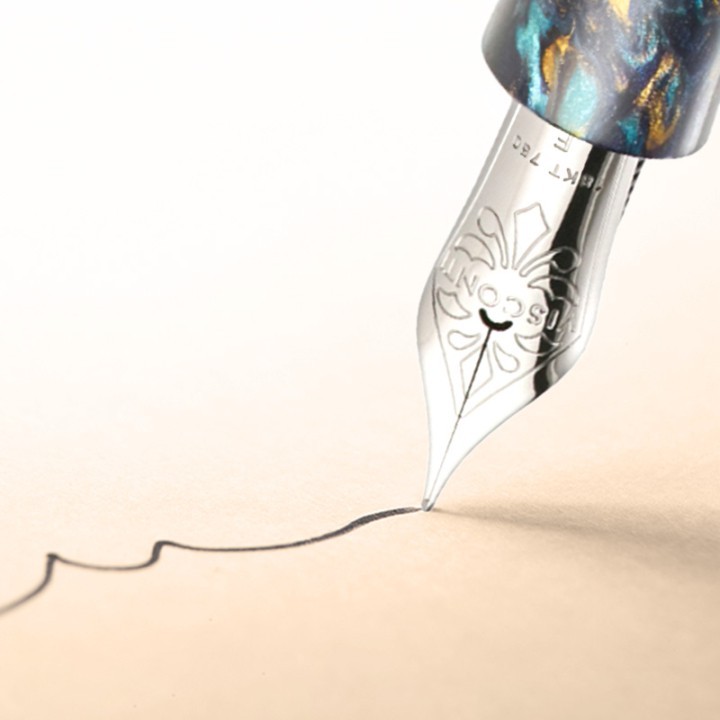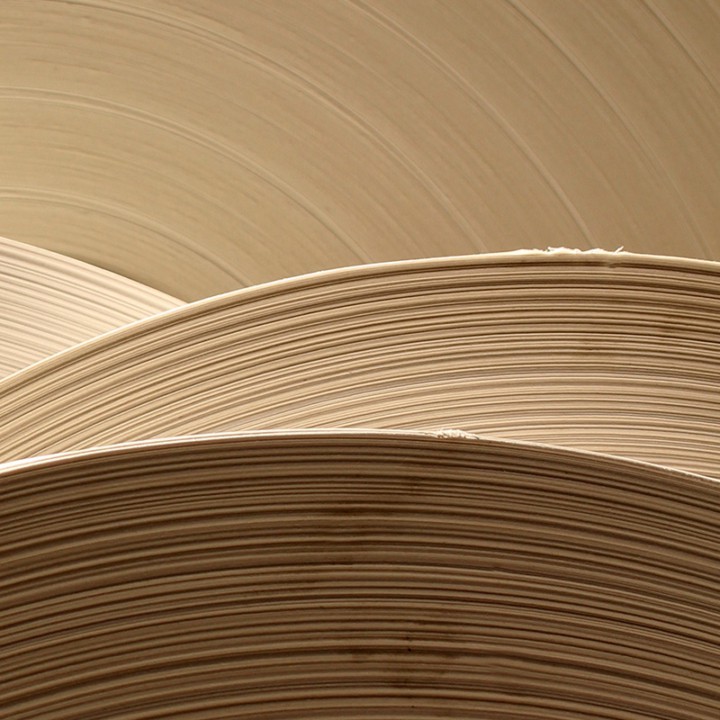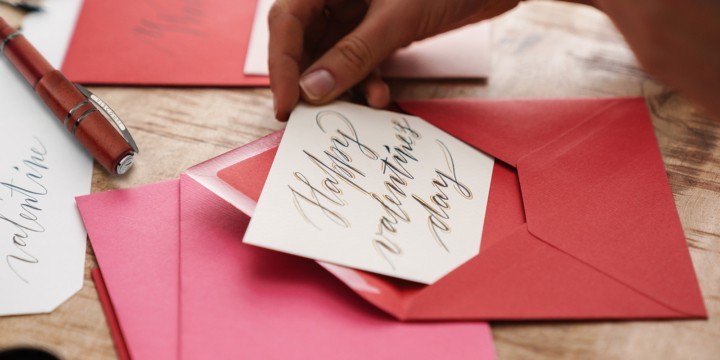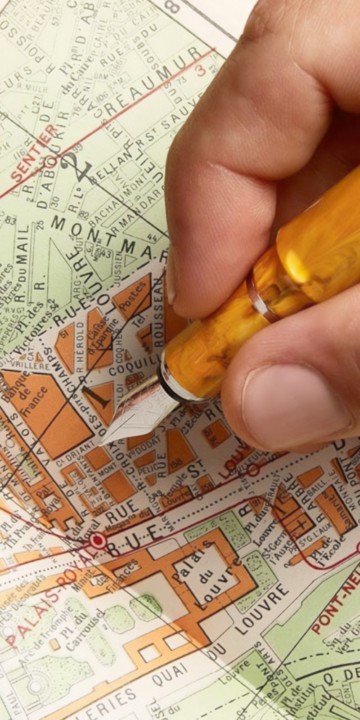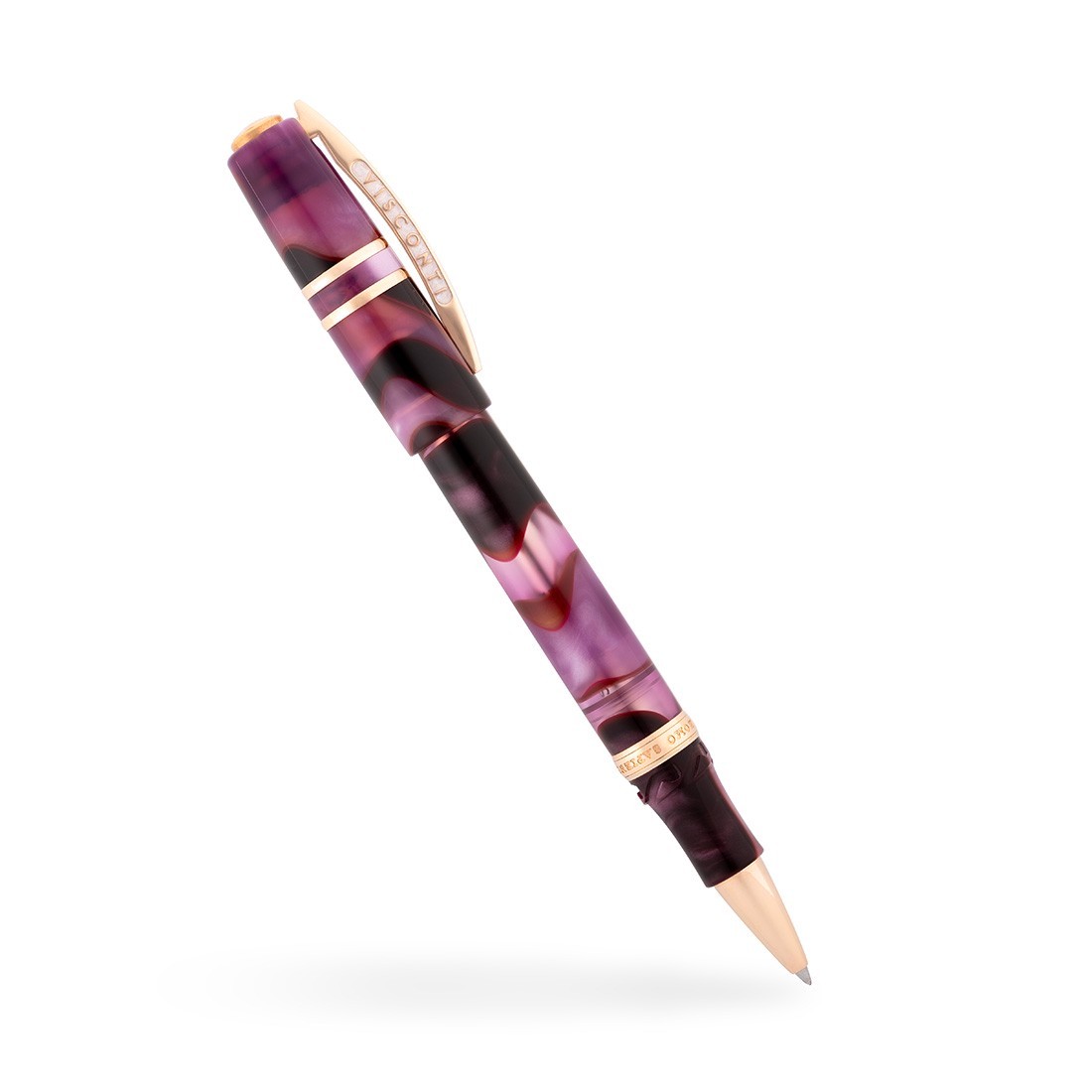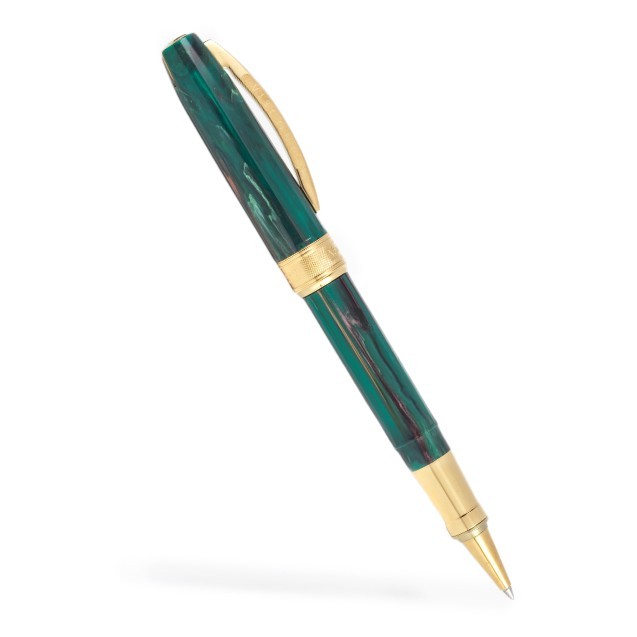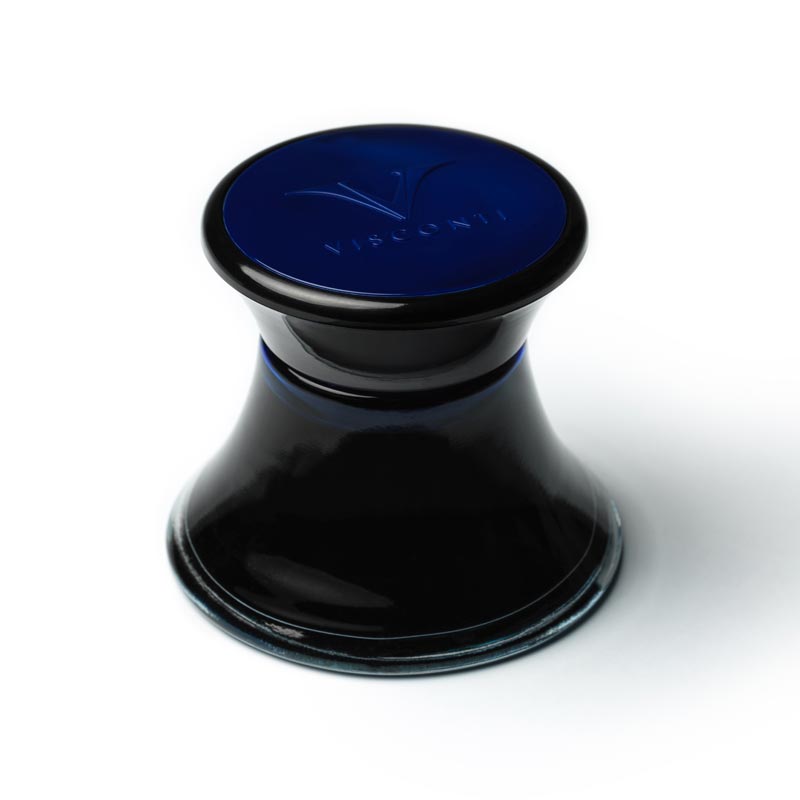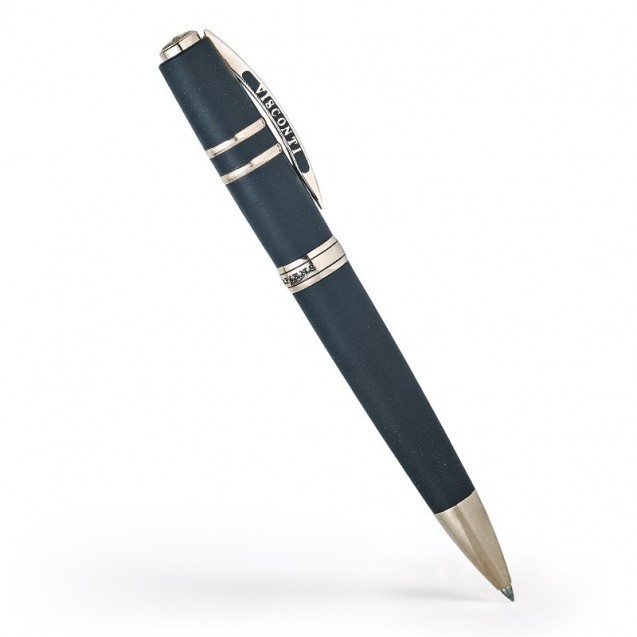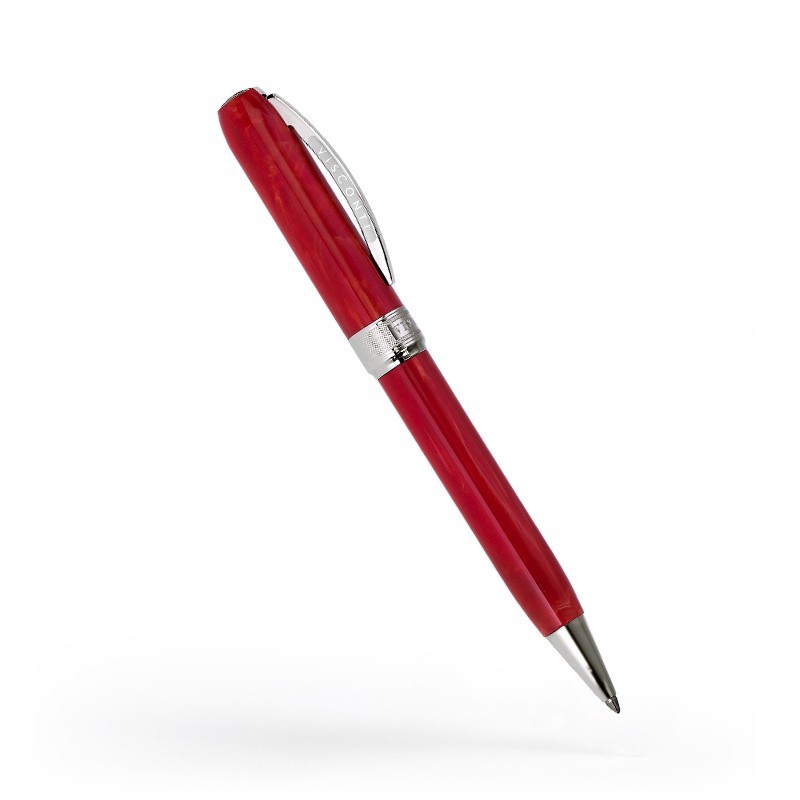Fountain pens are unique, exclusive, refined writing instruments that deserve care and attention even when choosing the best paper to enhance their flowing, sinuous stroke.

The characteristics of the best fountain pen paper
One of the main parameters to consider when choosing the best paper for fountain pens is its fluid and watery ink, which is quite different from the viscous ink of ballpoint pens. When writing with a fountain pen, there are two phenomena to avoid: capillary diffusion of the ink on the paper, known as feathering, and ink bleeding through to the other side.
Through this brief guide on choosing the right paper for fountain pens, you will discover the main characteristics to look out for to enjoy a pleasant and relaxing writing experience.
Grammage
A first superficial assessment might lead one to think that the best paper for writing with a fountain pen is the one with a higher weight, between 80 and 100 g. However, this is only sometimes true. Bleed-through could happen with paper with a 120 g weight, just as it could not occur with thinner paper. Therefore, even though paper thickness is undoubtedly an important parameter to consider, it is not decisive.
Smooth or rough paper?
Paper finish is one of the most frequent debate topics among fountain pen collectors and enthusiasts. Should it be smooth or rough? Rough, untreated, and thin paper feels pleasing to the touch because of its porous texture, but it isn’t the best choice for fountain pens. It is designed for the oil-based ink of ballpoint pens, which is why it is easier to find on the market. In contrast, smooth paper is, by far, the best paper for writing with a fountain pen. It eliminates friction, allows the nib to flow smoothly, and provides high absorbency. Therefore, the best solution is undoubtedly smooth paper to fully enjoy the ritual of handwriting with a fountain pen.
Ink absorption capacity
Grammage and finish are two characteristics closely related to ink absorption capacity. A very smooth paper can absorb a large amount of ink, making it possible to exclude the parameter of grammage. This fact explains why, as mentioned, paper thickness can be misleading. Similarly, however, choosing excessively absorbent paper can be problematic when using fountain pens with a moderate flow. If the hygroscopicity of the paper is particularly high, it may draw out the ink at a faster rate than the one entering the feeder. In this case, the flow would gradually decrease until the feeder dries out and the writing process is interrupted. On the other hand, if you are used to a fountain pen with a more copious flow, it is advisable to use paper with adequate absorbent capacity to avoid feathering and bleeding.
Paper finish
Paper can be finished with a special surface treatment that gives it a shiny, polished appearance. This coating makes it possible to reduce or completely nullify the feathering and bleed-through of fountain pen ink, regardless of paper weight. For this reason, coated paper is the best type for fountain pen writing, especially for those who like bold nibs. However, the coating also acts as a repellent surface that can increase friction when writing or drawing with finner-sized nibs, making it more difficult for the ink to adhere. In addition, it is essential to know how to choose a smooth but not over-treated paper since too much coating may prevent the ink from drying and make all your written thoughts disappear.
As noted above, there are different types of paper for fountain pens depending on the instrument’s characteristics and the writing style. Fountain pens created by the skilled hands of Visconti artisans are unique and precious specimens that provide a smooth writing experience. The pens feature nibs in luxurious raw materials and different sizes, from extra fine to stub, to satisfy those who prefer a thinner or thicker stroke.


